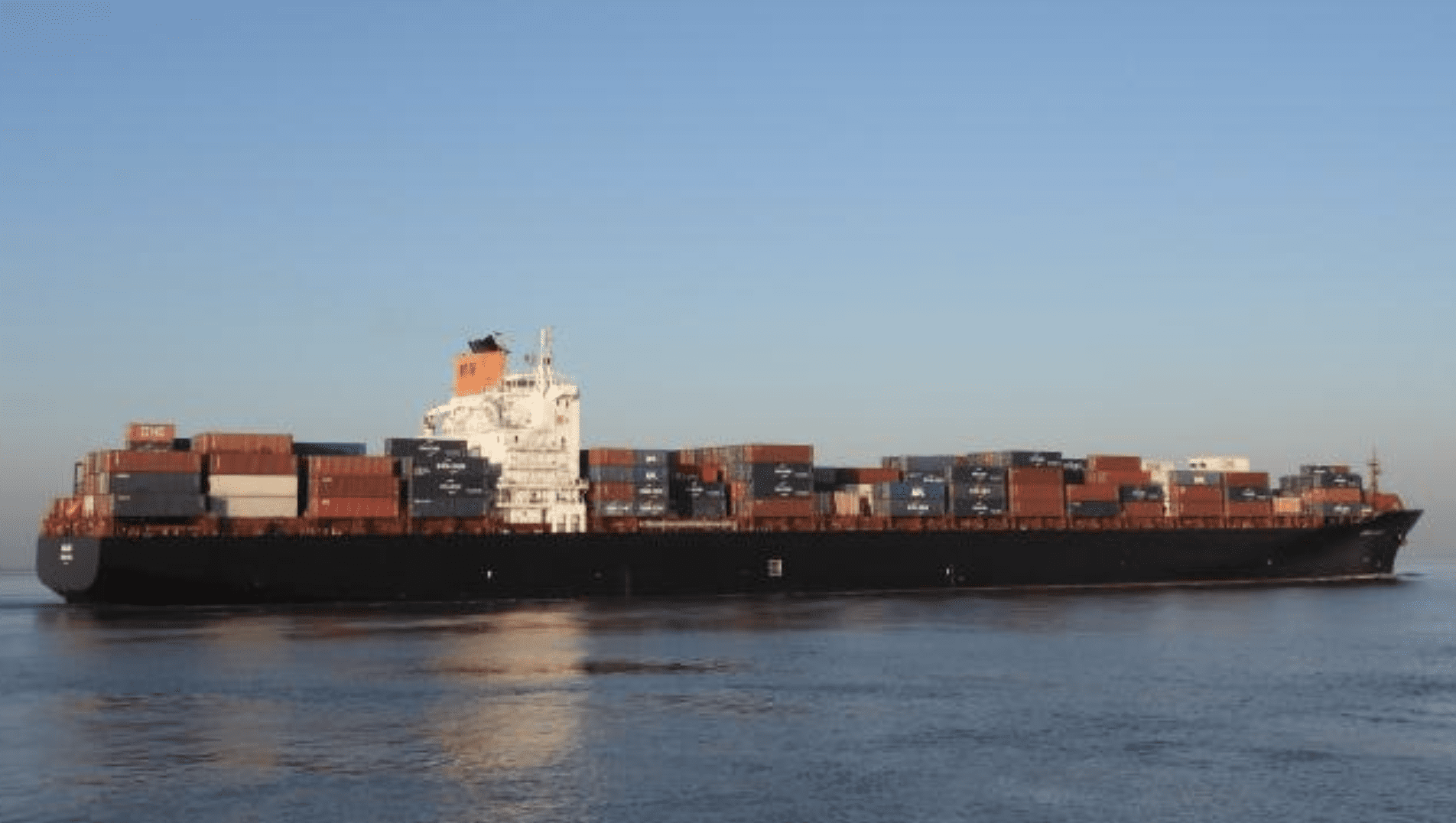The 294-meter Flying Fish 1 traveled from St. Petersburg to Shanghai in just over three weeks, cutting two weeks off the traditional route via the Suez Canal.
This marks a major milestone for Arctic shipping, with nearly 20 transits expected this year, connecting Russian and Chinese ports through the Northern Sea Route.
The ship, operated by EZ Safetrans Logistics, maintained a steady speed without icebreaker assistance, highlighting how much Arctic conditions have changed.
This news may seem mundane but actually it’s pretty historic. Russia and China now have a huge logistical and competitive economic advantage. This transit corridor is only going to grow in throughput volume in coming years. And most importantly it cannot be (easily) blocked by the Western imperialists like the southern straits and canals can.



Anti-ship missiles, cruise missiles, drones and many other solutions would make it not sustainable for long enough to hurt these countries, specially if Russia nuked whoever gave support to such privateers as their new nuclear doctrine (that they presented in the last 48 hours) would likely require they answer like that.
That’s why veto power exists, and if Russia lost their veto power then Russia would not follow anything comming out of there and the UN itself would likely go the way of the League of Nations.
Two can play that game. Although I don’t think there are any chokepoints for that anyway.
If civilian ships got hit by the “exercises” that would be an act of war because to the victim that is just a direct attack on them.
That’s the same as invading and taking Russian land and would likely be considered an act of war and nukes might fly. And there is also many ways to avoid crossing into the wrong borders anyway so it shouldn’t be a problem.
Again, the US can circle China as much as they want but they can’t fully block them without attacking China/Russia which would be considered an act of war.
It would be good but those lines are still attackable by drones and missiles, that’s why there is no way for the US to block them without nukes flying being a very high likelyhood.
I just want to say i really appreciate the quality of this discussion and i think very good arguments have been made by both sides, many of which also reflect my thoughts on this matter.
I think this is the essential point here. This is the crucial difference between the old sea routes, where other countries control passage, and this one. Blocking the former would require much less escalation.
Other factors to mention are Russia’s growing superiority in the arctic (US has nothing to rival Russia’s modern nuclear icebreakers), and the capability of shore based hypersonic missiles to interdict a conventional naval presence. The US really only has two options here which is submarines or air sorties from Alaska, both of which involve serious risk of starting a nuclear war…and that’s a threshold I’m not sure the US is willing to cross yet.